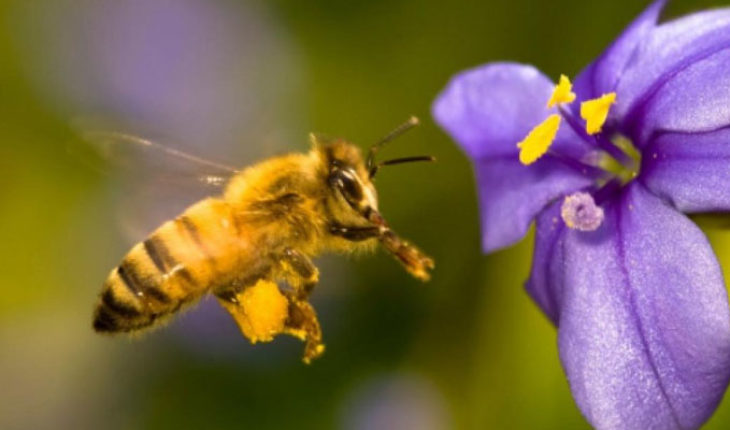World.- Bees reign without sting, honey producers in the subtropical regions of America and protagonists of #Cienciaalobestia, can only mate with the same male throughout their life, at the risk of being executed by worker bees. The colony thus aims to ensure the quality of the offspring with the birth of working females rather than diploid males, useless to the group.
A colony of bees without stings or lipona, which inhabit the American continent, is more likely to kill its queen if it mates with two males instead of the male with which they normally do. This is the main conclusion of a study led by the University of Sussex (United Kingdom) and the University of Sao Paulo (Brazil).
While a queen bee can mate with ten or twenty males, the queen melps only pair it with one to avoid being executed
While a queen bee can mate with ten or twenty males, the queen-haironly only mates with one to avoid being executed. The work, published in the journal AmericanNaturalist, reveals that the reasons are complex. “In short, it’s due to the genetics of sex determination in the bee,” says Francis Ratnieks of the British University.
An individual egg can become male or female based on a genetic locus (fixed position of a gene on a chromosome). Common males arise from an unfertilized egg and have only one set of chromosomes, coming from the mother, and therefore only a sexual allele.
If the egg is fertilized it will have two sets of chromosomes, one from the mother and one from the father. The two sexual alleles may be different, in which case it may be female or diploid male, those that cannot reproduce and therefore do not play a useful function for the colony.
Bee eggs
Proportion of eggs with diploid males (grey) and worker females (yellow). / Ayrton Vollet (University of Sao Paulo)
How do these ‘useless’ males be produced?
Diploid males appear because the sexual allele of a male with which the queen reproduces is the same as one of its two alleles. In these cases, 50% of the fertilized eggs in that male’s sperm will be diploids.
Stingless bees are trapped in an individual mating
By copular with two males, although the odds of producing diploid males double, curiously the number of these bees decreases from 50% to 25%. This figure would drop to 12.5% if the queen would breed with four males.
However, as these males continue to emerge, colony workers detect that things do not work and usually execute the queen shortly after adult diploid males emerge from their cells.
“If a queen copulates with two males instead of one, her chance of being executed is twofold. As a result, natural selection favors queens to mate with a single male in stingless bees,” Ratnieks says.
As double mating or polyandria causes the queen’s murder, investigators note that stingless bees are trapped in individual mating.
translated from Spanish: Bee colony kills queen who copulates with two males
August 25, 2019 |





